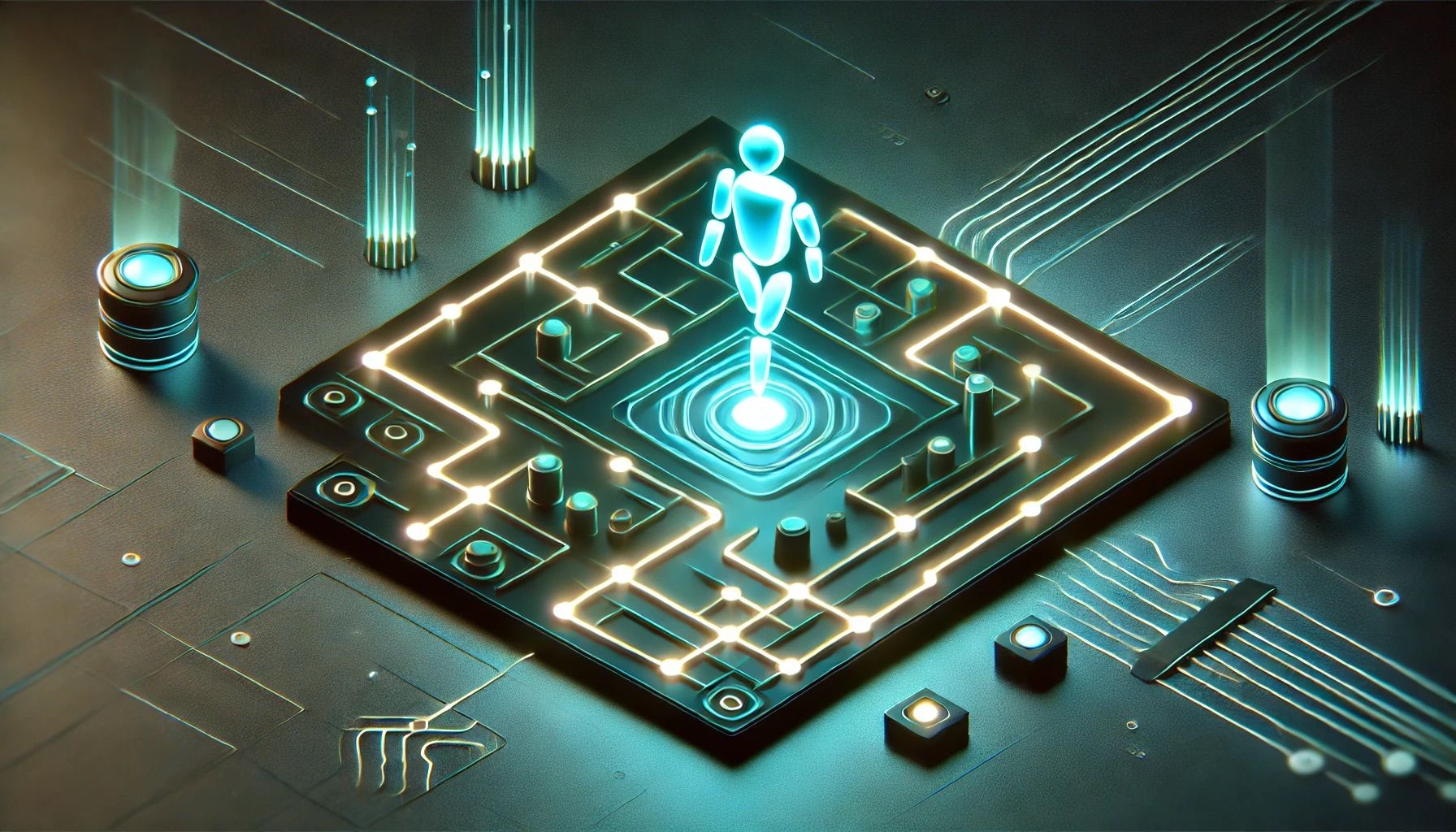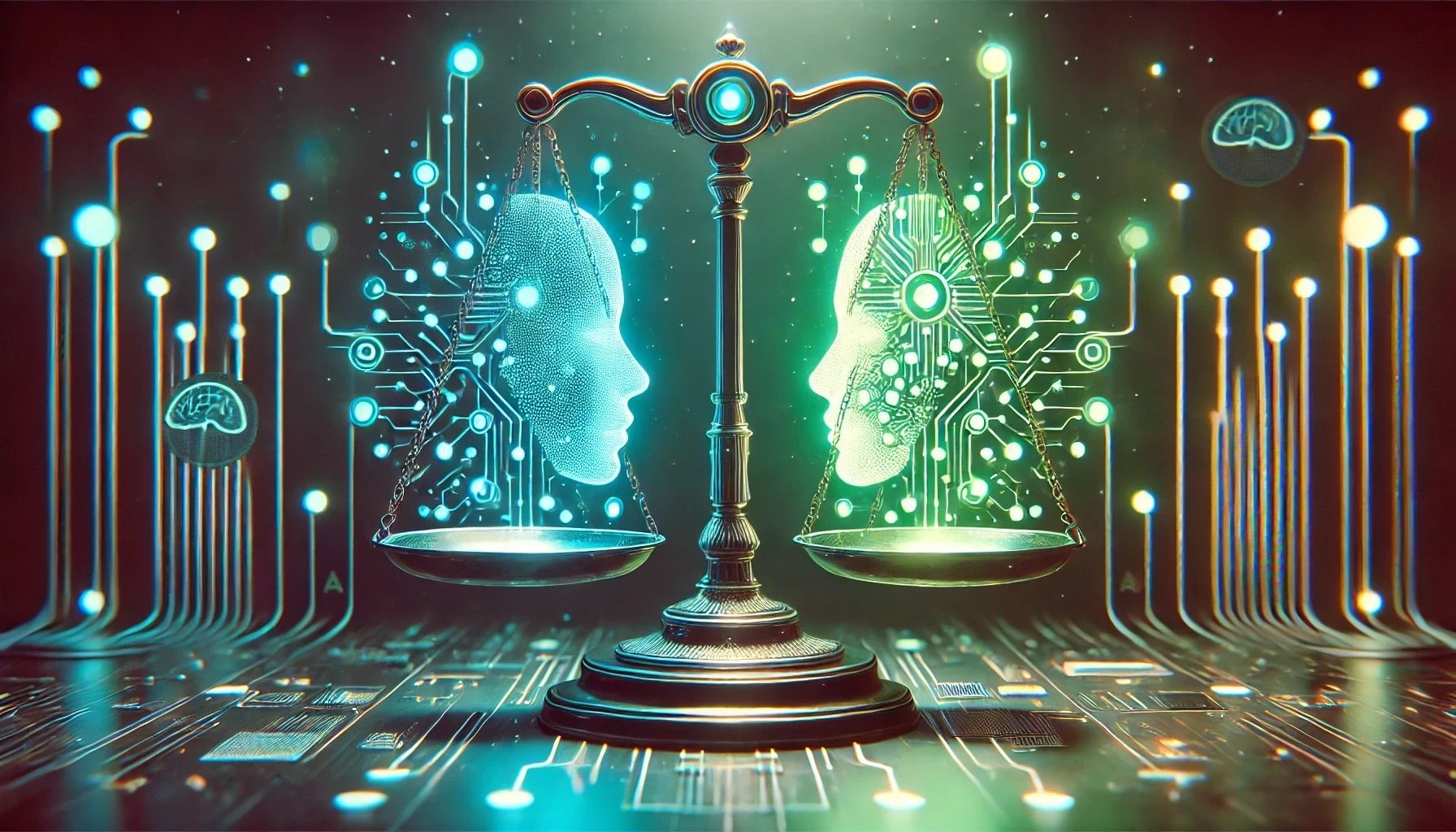1. Artificial Intelligence (AI)
2. Machine Learning (ML)
3. Deep Learning (DL)
4. Neural Networks (NN)
5. Artificial Neural Network (ANN)
6. Supervised Learning
7. Unsupervised Learning

8. Reinforcement Learning
9. Semi-Supervised Learning
10. General AI (AGI - Artificial General Intelligence)
11. Narrow AI
12. Computer Vision
13. Natural Language Processing (NLP)
14. Generative AI
15. Expert Systems
16. Turing Test
17. Ethical AI
18. Explainable AI (XAI)

19. AI Bias
20. Sentiment Analysis
Learn More!
If these concepts excite you and you want to dive into AI, AI Degree is the perfect place to begin. Whether you’re looking to earn a full AI degree or simply learn the basics, this platform makes it simple and accessible:
- Learn by Doing: Build real AI systems, not just theory.
- Flexible Learning: Study on your own time, from anywhere—even your phone.
- Affordable Options: Scholarships, including 100% coverage, make learning AI possible for everyone.
- Globally Recognized: Earn certificates and optional ECTS credits that are recognized worldwide.
With 42 courses, hands-on projects, and internships with leading AI companies, AI Degree equips you with the tools and knowledge to thrive in the AI-powered future.
The Future Present is AI—Don’t Get Left Behind!

